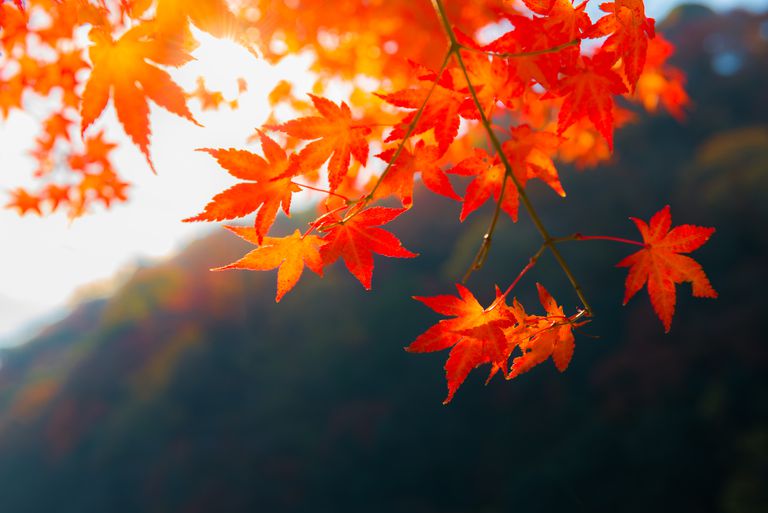
It’s that time of year once again. However, do not let the aroma of pumpkin spice lattes and widespread use of hoodies fool you, fall is going to be delayed this year. The Gregorian calendar definition of fall will not be postponed, of course; the Autumnal Equinox will still be on the 23rd of September. However, what makes fall iconic, the vibrant and colorful display of foliage will be arriving later than usual. This, unsurprisingly, is a result of rising global temperatures. Here in the northeast, the color of foliage will peak mid-October. Though it may not seem all that significant, fall will slowly be delayed more and more as temperatures rise.
First, what causes leaves to change color? In the fall, leaves often come in three colors: yellow, red, and orange. Each leaf has a compound that dictates its color, either having flavonols (yellow), anthocyanins (red), and beta-carotene (orange). Leaves have the potential to be yellow, red, or orange at any point. However, during the spring and summer, the colors these compounds give off are suppressed due to chlorophyll. From the 6th science class, we know that chlorophyll is responsible for photosynthesis, transforming sunlight into glucose. Chlorophyll also gives leaves their green hue. Therefore, when plants undergo photosynthesis, the same molecule that transforms light into energy is the same molecule that gives leaves their green color. In the fall, plants begin to slow their process of photosynthesis. When chlorophyll is no longer present, the real color of the leaf is left behind.
Plants begin to slow chlorophyll production when temperatures begin to drop and daylight hours begin to decrease. With this said, climate change is affecting one of these variables. As the average national temperatures rise, trees and plants less susceptible to temperature change keep on producing chlorophyll. This means that many trees will keep their green hues for longer periods of time. This, in essence, will “shorten the time” of fall.
Along with this, autumnal leaves will also fall quicker than usual due to the windier weather. Again, this windy weather is caused by climate change. Due to the fact that there is more energy in the Earth’s system, there are greater differences in air pressure, resulting in heavier winds. These winds will pluck off fall leaves faster than usual, once again shortening the time of fall.
If we’re not careful, fall will become shorter and shorter. Nature has developed a sublime process of preserving trees through the winter. However, the actions of humans have once again disrupted the harmonious flow of the environment. As temperatures rise, fall will continue to shorten. So, the next time you look at an oak tree’s crimson leaf, be thankful, for these leaves will become rarer as time ensues.
